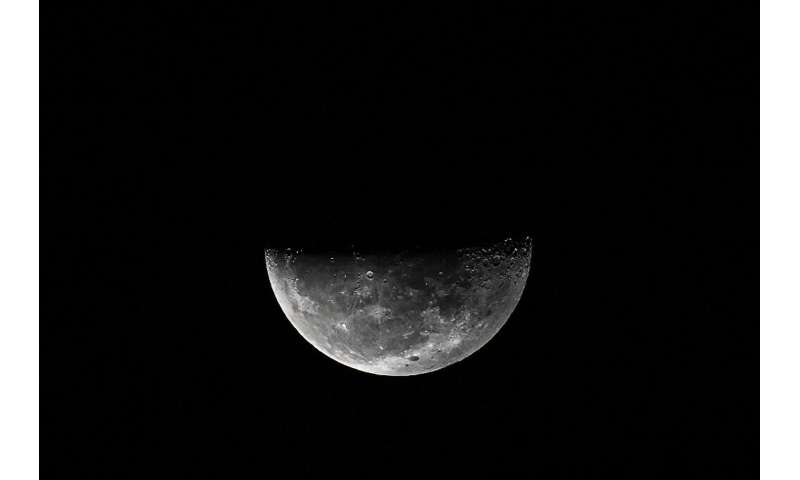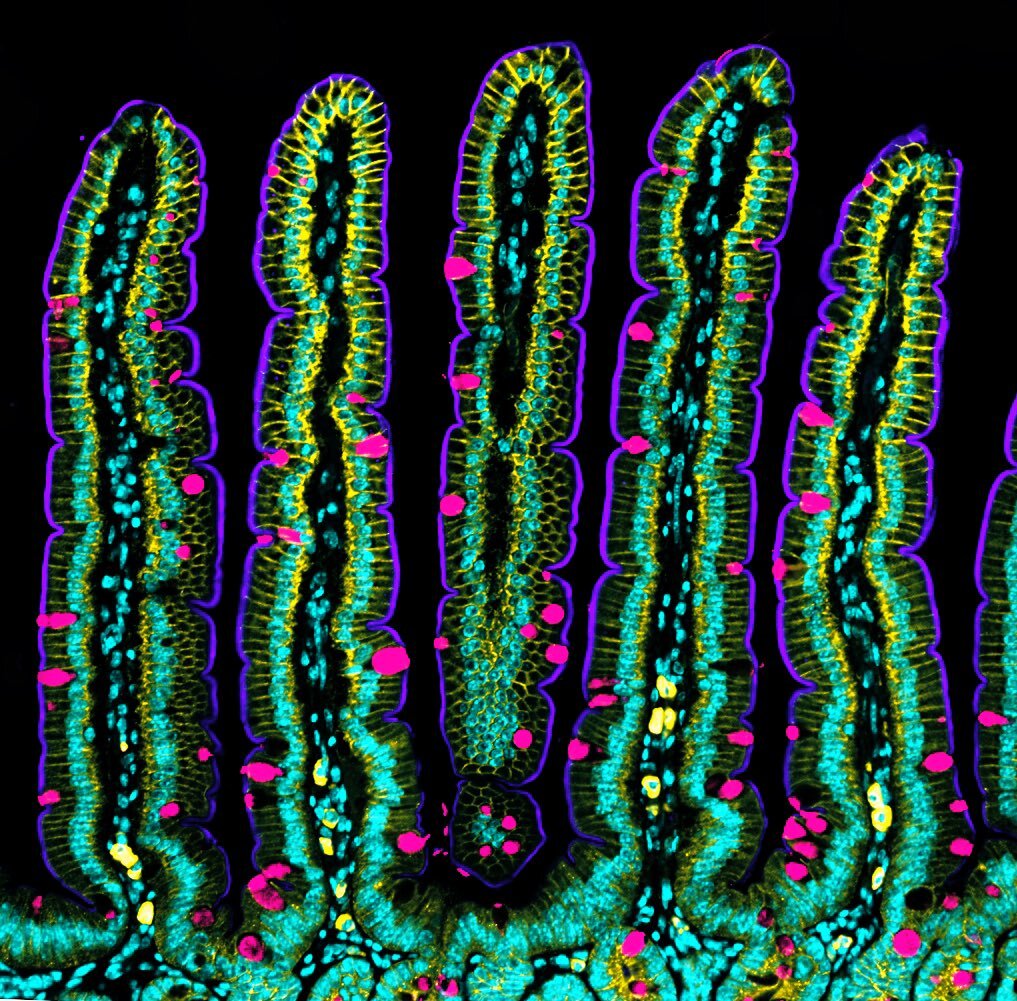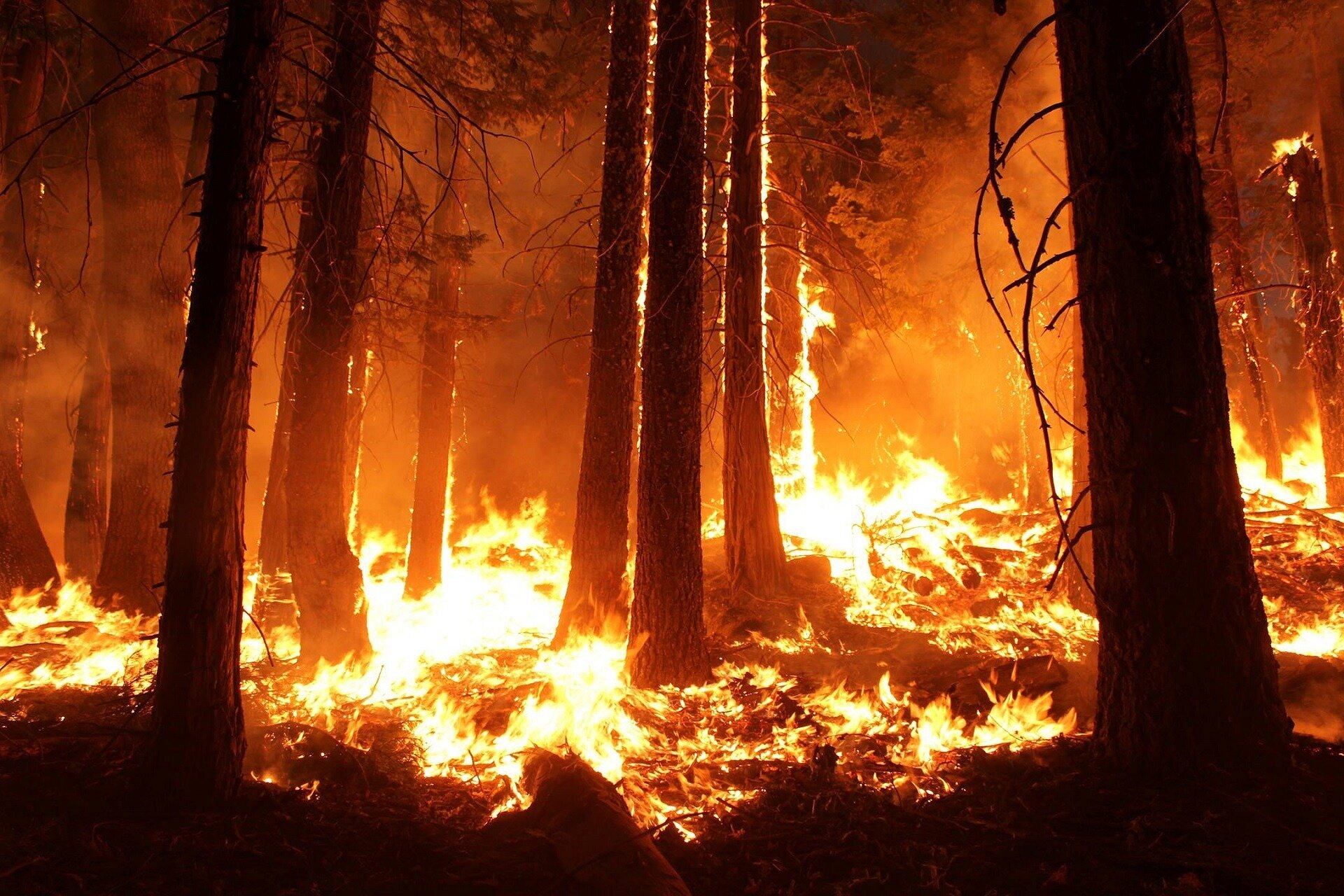#NASA announces eight-nation space coalition under ‘Artemis Accords’

“#NASA announces eight-nation space coalition under ‘Artemis Accords’”

NASA announced on Tuesday that eight countries have signed an international agreement called the Artemis Accords that outlines the principles of future exploration of the Moon and beyond.
The treaty paves the way for its founding members—Australia, Canada, Italy, Japan, Luxembourg, United Arab Emirates, Britain and the United States—to participate in NASA’s Artemis program, which aims to return humans to Earth’s nearest neighbor by 2024.
“Artemis will be the broadest and most diverse international human space exploration program in history, and the Artemis Accords are the vehicle that will establish this singular global coalition,” said NASA Administrator Jim Bridenstine.
“With today’s signing, we are uniting with our partners to explore the Moon and are establishing vital principles that will create a safe, peaceful, and prosperous future in space for all of humanity to enjoy.”
While NASA is leading the Artemis program, it has emphasized the need for international partnerships in building up a sustainable presence on the Moon, something the agency views as key ahead of an eventual human mission to Mars.
The agency hopes, for example, to excavate ice from the Moon’s south pole to supply both drinking water and to split the molecules apart to make rocket fuel for the onward journey.
It also plans to establish an orbital space station called Gateway.
NASA said the Artemis Accords reinforce and implement the 1967 Outer Space Treaty, and are split broadly into 10 principles.
The signatories commit, for example, to adhering to peaceful exploration in a transparent manner, to create hardware systems that are operable by every member nation, and to registering their space objects.
Other principles include affirming that they will render assistance to each other in case of emergency, make their scientific data public, preserve the heritage of outer space and plan for the safe disposal of space debris.
The announcement came a day after Dmitry Rogozin, the head of the Russian space agency Roscosmos, said Moscow was unlikely to participate in the Gateway space station, marking the probable end of the type of close cooperation seen for two decades on the International Space Station (ISS).
The Artemis Accords also exclude China, a rising space rival to the United States.
China has an active lunar program with its own international collaborations.
Last month, a Chinese-German team published daily radiation measurements on the lunar surface recorded by the Chang’E 4 lander in 2019.
They concluded that the level of radiation limited astronauts to two or three months on the Moon—vital information that the US Apollo missions of the 1960s and 1970s had not gathered.
Russia shuns US lunar program, as space cooperation under threat
© 2020 AFP
Citation:
NASA announces eight-nation space coalition under ‘Artemis Accords’ (2020, October 13)
retrieved 13 October 2020
from https://phys.org/news/2020-10-nasa-eight-nation-space-coalition-artemis.html
This document is subject to copyright. Apart from any fair dealing for the purpose of private study or research, no
part may be reproduced without the written permission. The content is provided for information purposes only.
For forums sites go to Forum.BuradaBiliyorum.Com
If you want to read more Like this articles, you can visit our Science category.




